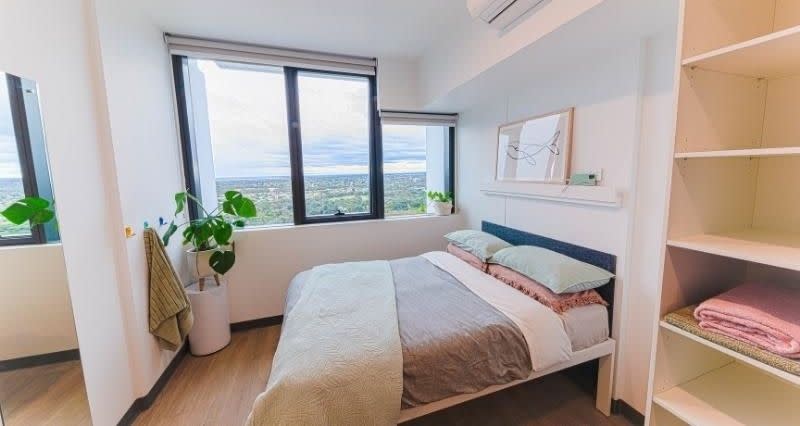Resources
Newsletter
Stay up to date and with the latest news, projects, deals and features.
Subscribe
Australia needs to be prepared to triple the number of beds available for international students, according to the industry.
Yugo, a global provider of student accommodation, says there are real opportunities for investors to get into the growing Purpose-Built Student Accommodation sector in Australia.
Yugo’s managing director in Australia Tim Klitscher pointed to research by real estate consultants showing the country needed 300,000 to 330,000 beds to deal with the expected demand. There are currently about 100,000 beds.
“Compared to other markets, Australia has a low supply of student accommodation,” Klitscher said.
“We have one of the highest ratios of international students to domestic students out of any of the big global markets.
“And the global student education demand is escalating at a high rate, particularly out of the big markets of India and China, a lot more out of South America, and Asia in general, who all want to go offshore to study.”
Klitscher was speaking in advance of his participation in The Urban Developer’s PBSA vSummit to be held on Thursday, 14 July.

He will tell the vSummit that Australia’s PBSA sector has bounced back fast from the effects of the global pandemic.
“I think there has been a pretty successful bounce-back over the past six months,” Klitscher said. “We are happy where we have gotten to in terms of revenue on the books and occupancy in the buildings.
“There has been a long term view, and we would agree with it, that we are undersupplied here in Australia with student accommodation, be it purpose built or university-operated accommodation.
“I think you’ll see more interest for capital to come into this market.”
Yugo, headquartered in Denver, Colorado and counting student accommodation in the UK, USA, Germany, Spain, Ireland, the United Arab Emirates, China and Japan, manages four purpose-built developments in Australia—two in Melbourne and one each in Adelaide and Perth—totalling nearly 2000 beds.

Their development and investment partner is Global Student Accommodation (GSA) which built their four Australian locations.
It’s not the first time the industry has warned of a potential shortage of student accommodation.
Just last month French multi-national insurance company AXA’s head of real assets for Asia-Pacific Laurent Jacquemin said the demand for foreign student occupancies could rise by up to 10 per cent by 2024 and continue at that pace for years to come.
Melbourne has seen some of the sector’s strongest growth, which Klitscher attributes to the big number of university students, and the focus shown by state and local government.

Looking to understand more about Australia’s PBSA market? Tune in to The Urban Developer's upcoming vSummit Thursday, 14 July. Click here to secure your ticket.
“The amazing thing about investment in this sector in Melbourne is you really only have to walk about 10 or 15 minutes and you have pretty much covered all the quality purpose-built student accommodation in that market.
“It is phenomenal that investors have been able to secure the right sites and get close to the universities, but also close to the central Melbourne precinct which is really important to international students.
“But credit where it is due, the state government and Melbourne City Council have seen the value of purpose-built student accommodation as a part of their economy there.”
Klitscher said the market was more difficult in Australia’s biggest city.
“They are more dispersed in Sydney. It is harder to get sites that make economic sense sometimes, and harder to get sites in general, so they tend to be a little bit more dispersed.
“Sydney opened their borders very quickly at the end of 2021 and a lot of students returned back into the market. I can tell you that from talking to our industry colleagues they are pretty much full in Sydney.”
Klitscher said growth in the sector relied on many factors including federal government focus and a commitment by universities to educate international students in-country.
“For us as an operator we obviously need open borders and efficiency in immigration,” he said.
“I know the federal government is putting more money into getting the immigration department staffed up and operating more effectively. And of course it relies on investment-friendly policies in each state.”